JOHANN OTTAVIANI (1735-1808), AFTER CAI SAVORELLI Architectural Decorations, Ceilings and Murals A set of ten, coloured engravings, 65 x 57cm Com Privilegio N. Clementis Engravings with original hand-colouring. Only two years before he died in 1520, Raphael undertook a monumental commission for Pope Leo X: a vaulted arcade within the private apartments of the Vatican. Inspired by recent excavations in Pompeii and the Campagna, Raphael covered the Loggias walls and ceilings with painted ornament in the antique style. Like Leonardo and Michelangelo, Raphael was inspired by the rebirth of classical art and learning that characterized the Renaissance. For the Loggia, he created a fascinating mixture of formal and grotesque elements (Grotteschi were subterranean grottos which the Romans painted as their fancy dictated: shells entwined with beasts, history combined with mythology). The Loggia became known as Raphaels Bible, not only for its Biblical paintings but also for its decorative invention. The engravings of Raphaels Loggia were published two and a half centuries later in Rome (1772-1777). One of the most luxurious engraved projects of the 18th century, Le Loggie di Raffaello was the first to reproduce the great frescoes by Raphael and his pupils in the Vatican. It was the result of a collaboration between the painter Gaetano Savorelli the architect Pietro Camporesi and the engravers Giovanni Ottaviani and Giovanni Volpato all of whom took active interest in preserving for posterity and making available to contemporaries the splendors of the Vatican. Under the patronage of Pope Clement XIV, this gifted team of artists set out to copy not merely Raphaels biblical pictures but their wonderful ornamental surrounds, rich in pattern and groteschi. The magnificent engravings that resulted from their collaboration are extraordinarily faithful to Raphaels originals, even more so because they were hand-colored using gouache, a thicker and more opaque pigment than the more common watercolor that was used to colour prints. Vivid and sumptuous, these large-scale works are among the most magnificent engravings to have originated in the 18th century. Beyond their purpose as records of Raphaels frescoes, these splendid JOHANN OTTAVIANI (1735-1808), AFTER CAI SAVORELLI Architectural Decorations, Ceilings and Murals A set of ten, coloured engravings, 65 x 57cm Com Privilegio N. Clementis Engravings with original hand-colouring. Only two years before he died in 1520, Raphael undertook a monumental commission for Pope Leo X: a vaulted arcade within the private apartments of the Vatican. Inspired by recent excavations in Pompeii and the Campagna, Raphael covered the Loggias walls and ceilings with painted ornament in the antique style. Like Leonardo and Michelangelo, Raphael was inspired by the rebirth of classical art and learning that characterized the Renaissance. For the Loggia, he created a fascinating mixture of formal and grotesque elements (Grotteschi were subterranean grottos which the Romans painted as their fancy dictated: shells entwined with beasts, history combined with mythology). The Loggia became known as Raphaels Bible, not only for its Biblical paintings but also for its decorative invention. The engravings of Raphaels Loggia were published two and a half centuries later in Rome (1772-1777). One of the most luxurious engraved projects of the 18th century, Le Loggie di Raffaello was the first to reproduce the great frescoes by Raphael and his pupils in the Vatican. It was the result of a collaboration between the painter Gaetano Savorelli the architect Pietro Camporesi and the engravers Giovanni Ottaviani and Giovanni Volpato all of whom took active interest in preserving for posterity and making available to contemporaries the splendors of the Vatican. Under the patronage of Pope Clement XIV, this gifted team of artists set out to copy not merely Raphaels biblical pictures but their wonderful ornamental surrounds, rich
JOHANN OTTAVIANI (1735-1808), AFTER CAI SAVORELLI Architectural Decorations, Ceilings and Murals A set of ten, coloured engravings, 65 x 57cm Com Privilegio N. Clementis Engravings with original hand-colouring. Only two years before he died in 1520, Raphael undertook a monumental commission for Pope Leo X: a vaulted arcade within the private apartments of the Vatican. Inspired by recent excavations in Pompeii and the Campagna, Raphael covered the Loggias walls and ceilings with painted ornament in the antique style. Like Leonardo and Michelangelo, Raphael was inspired by the rebirth of classical art and learning that characterized the Renaissance. For the Loggia, he created a fascinating mixture of formal and grotesque elements (Grotteschi were subterranean grottos which the Romans painted as their fancy dictated: shells entwined with beasts, history combined with mythology). The Loggia became known as Raphaels Bible, not only for its Biblical paintings but also for its decorative invention. The engravings of Raphaels Loggia were published two and a half centuries later in Rome (1772-1777). One of the most luxurious engraved projects of the 18th century, Le Loggie di Raffaello was the first to reproduce the great frescoes by Raphael and his pupils in the Vatican. It was the result of a collaboration between the painter Gaetano Savorelli the architect Pietro Camporesi and the engravers Giovanni Ottaviani and Giovanni Volpato all of whom took active interest in preserving for posterity and making available to contemporaries the splendors of the Vatican. Under the patronage of Pope Clement XIV, this gifted team of artists set out to copy not merely Raphaels biblical pictures but their wonderful ornamental surrounds, rich in pattern and groteschi. The magnificent engravings that resulted from their collaboration are extraordinarily faithful to Raphaels originals, even more so because they were hand-colored using gouache, a thicker and more opaque pigment than the more common watercolor that was used to colour prints. Vivid and sumptuous, these large-scale works are among the most magnificent engravings to have originated in the 18th century. Beyond their purpose as records of Raphaels frescoes, these splendid JOHANN OTTAVIANI (1735-1808), AFTER CAI SAVORELLI Architectural Decorations, Ceilings and Murals A set of ten, coloured engravings, 65 x 57cm Com Privilegio N. Clementis Engravings with original hand-colouring. Only two years before he died in 1520, Raphael undertook a monumental commission for Pope Leo X: a vaulted arcade within the private apartments of the Vatican. Inspired by recent excavations in Pompeii and the Campagna, Raphael covered the Loggias walls and ceilings with painted ornament in the antique style. Like Leonardo and Michelangelo, Raphael was inspired by the rebirth of classical art and learning that characterized the Renaissance. For the Loggia, he created a fascinating mixture of formal and grotesque elements (Grotteschi were subterranean grottos which the Romans painted as their fancy dictated: shells entwined with beasts, history combined with mythology). The Loggia became known as Raphaels Bible, not only for its Biblical paintings but also for its decorative invention. The engravings of Raphaels Loggia were published two and a half centuries later in Rome (1772-1777). One of the most luxurious engraved projects of the 18th century, Le Loggie di Raffaello was the first to reproduce the great frescoes by Raphael and his pupils in the Vatican. It was the result of a collaboration between the painter Gaetano Savorelli the architect Pietro Camporesi and the engravers Giovanni Ottaviani and Giovanni Volpato all of whom took active interest in preserving for posterity and making available to contemporaries the splendors of the Vatican. Under the patronage of Pope Clement XIV, this gifted team of artists set out to copy not merely Raphaels biblical pictures but their wonderful ornamental surrounds, rich
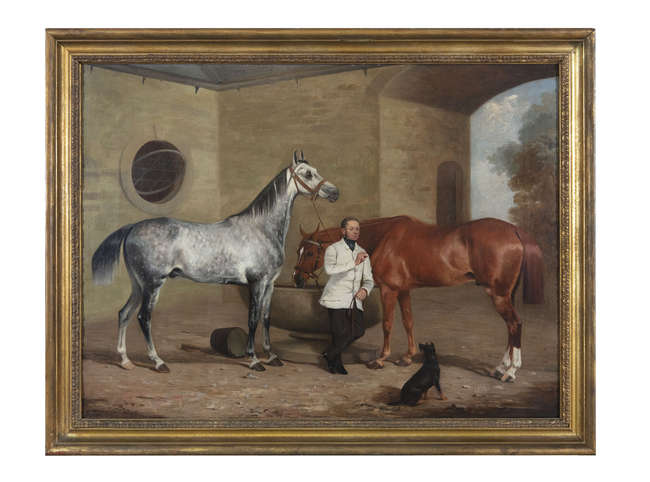
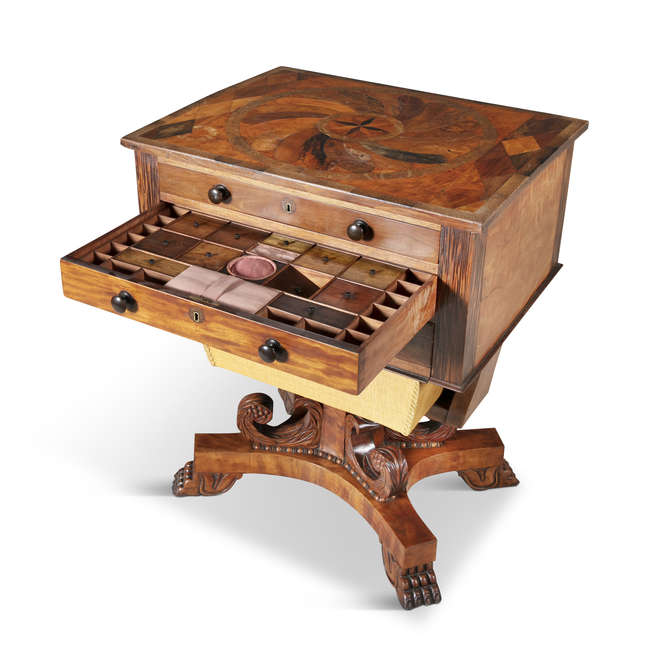
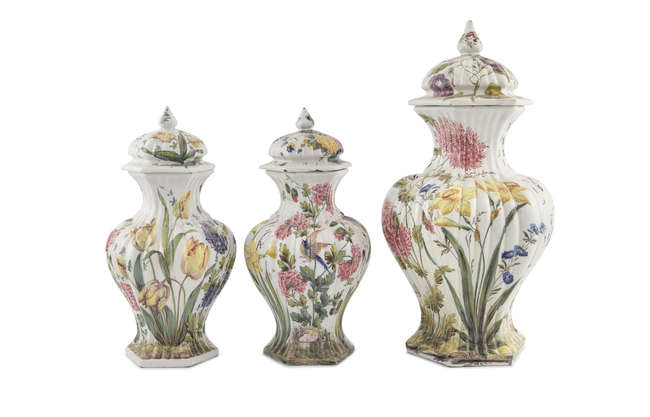
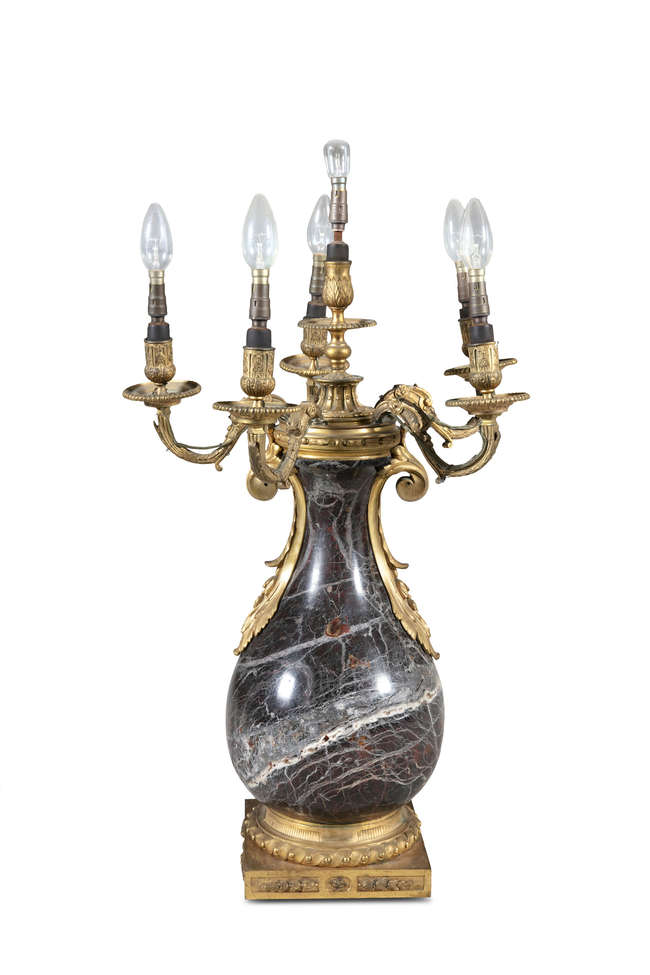
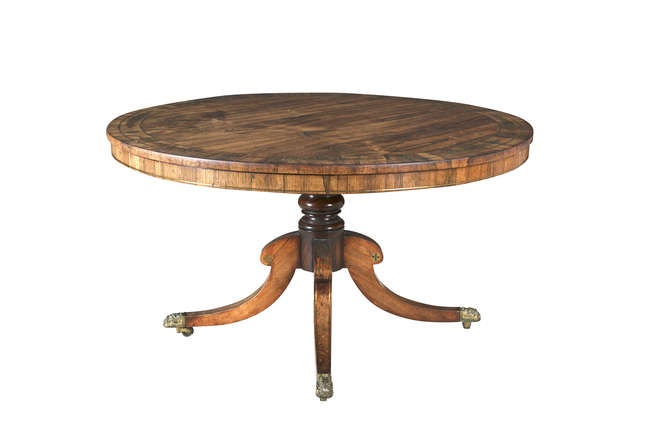
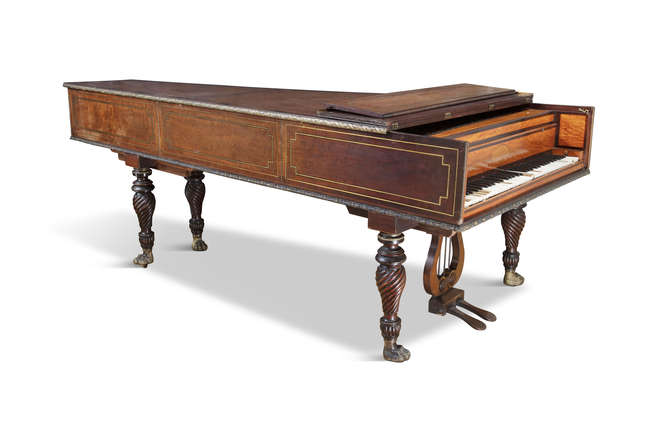
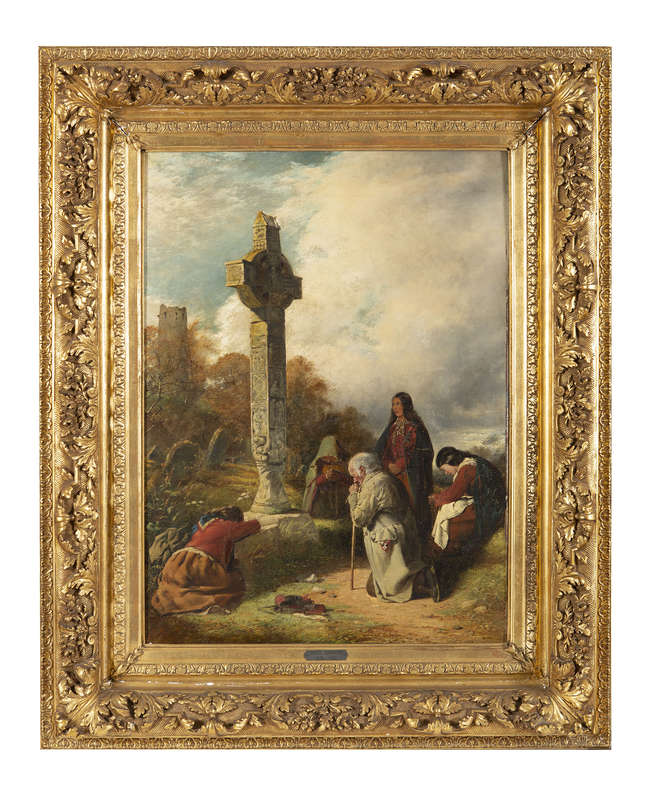
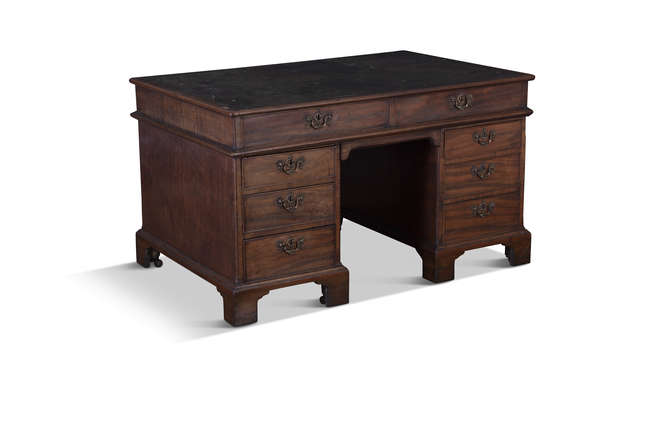
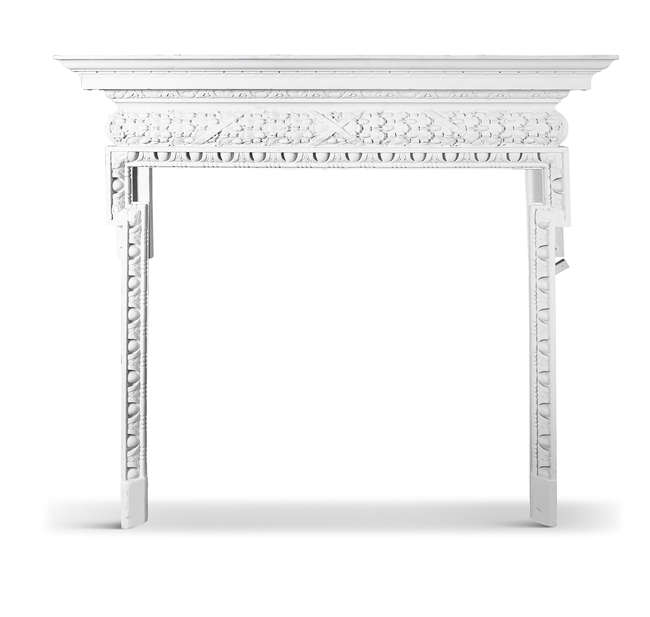
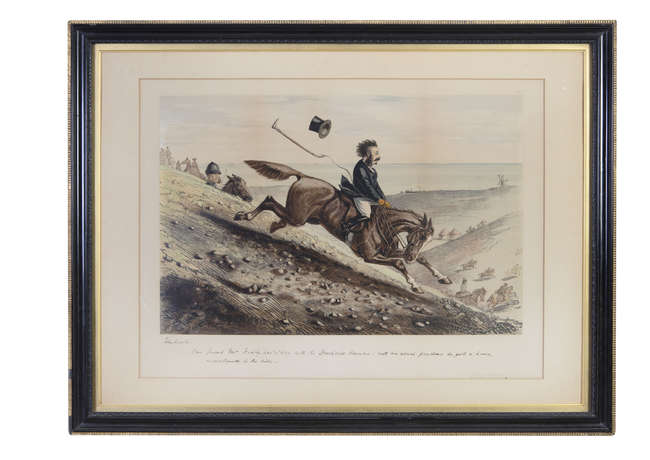
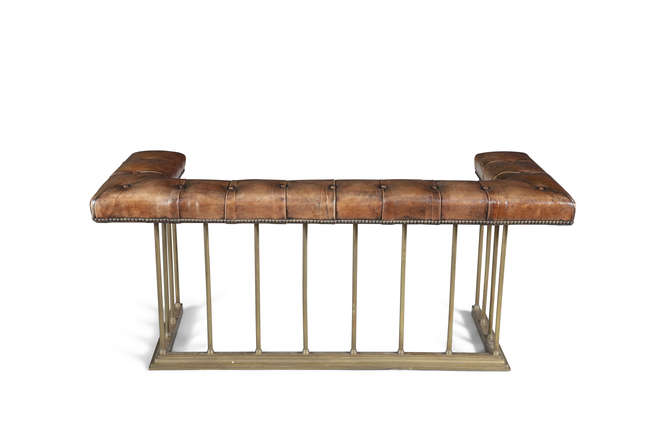
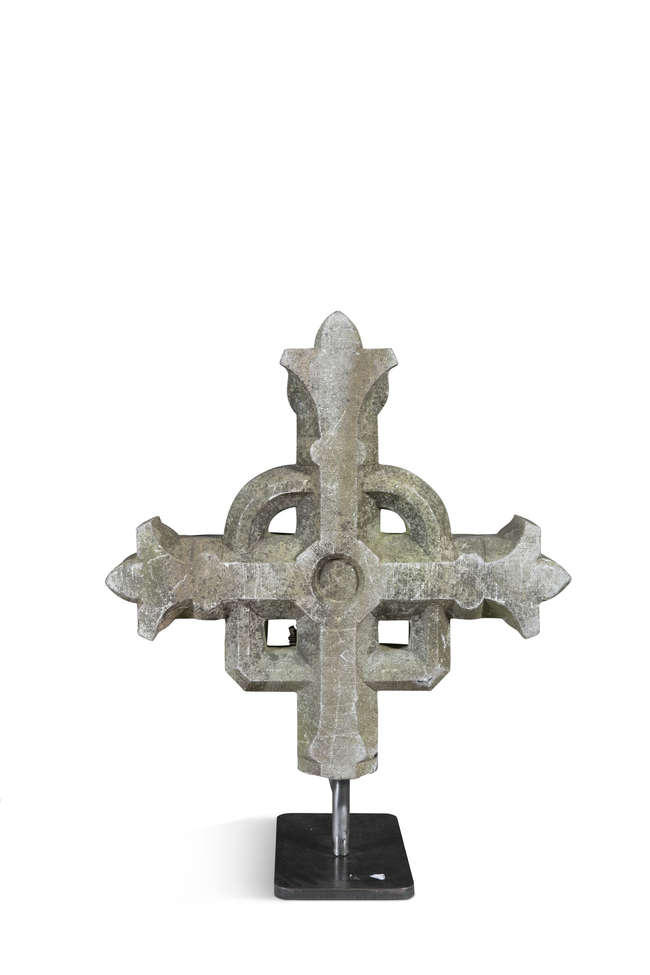
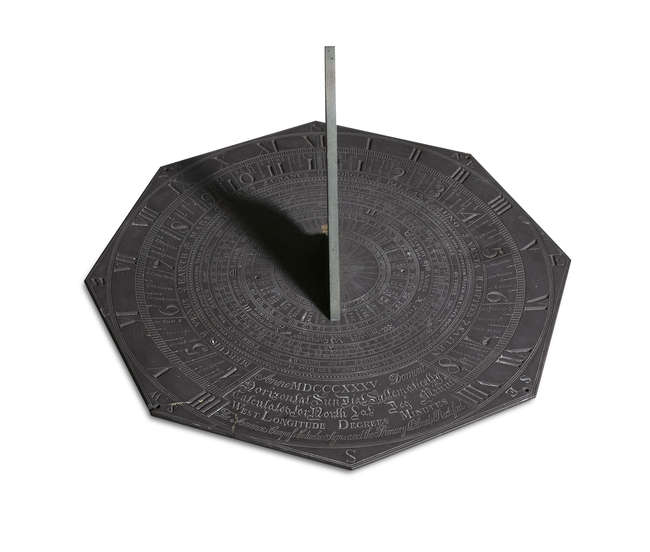
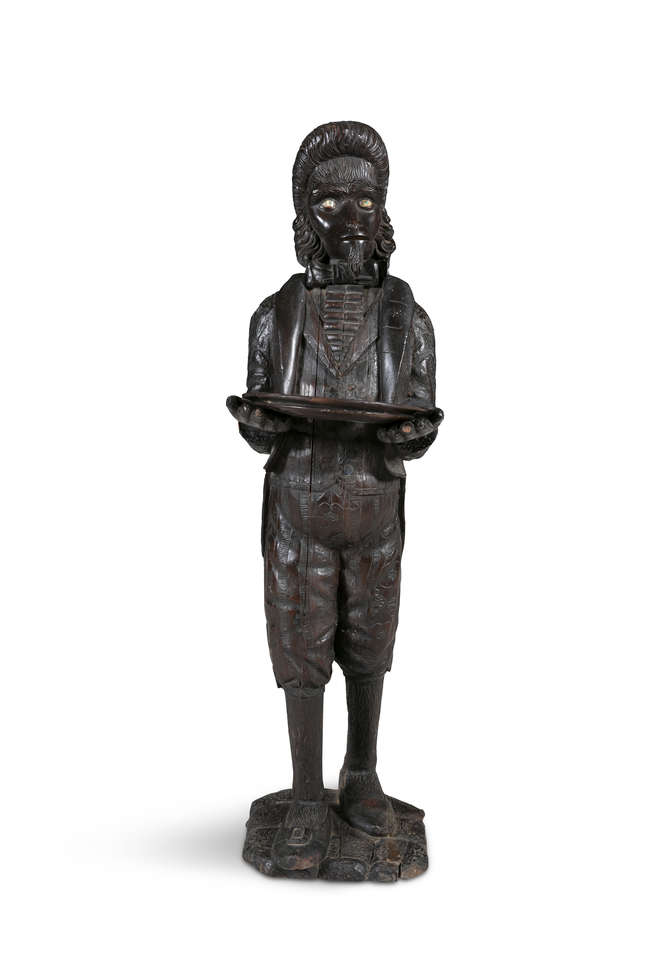
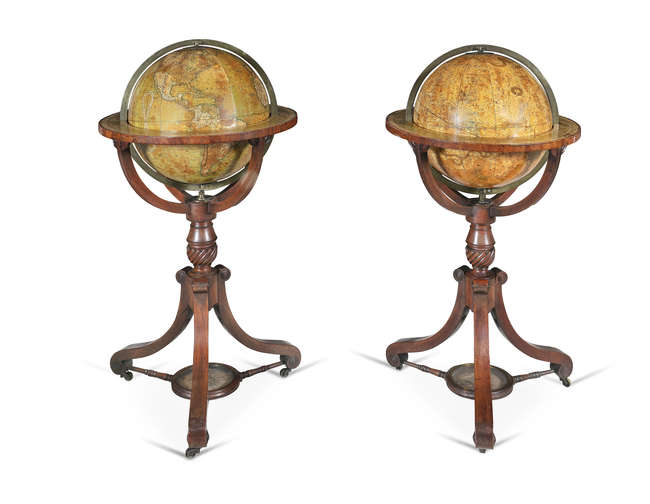
Try LotSearch and its premium features for 7 days - without any costs!
Be notified automatically about new items in upcoming auctions.
Create an alert